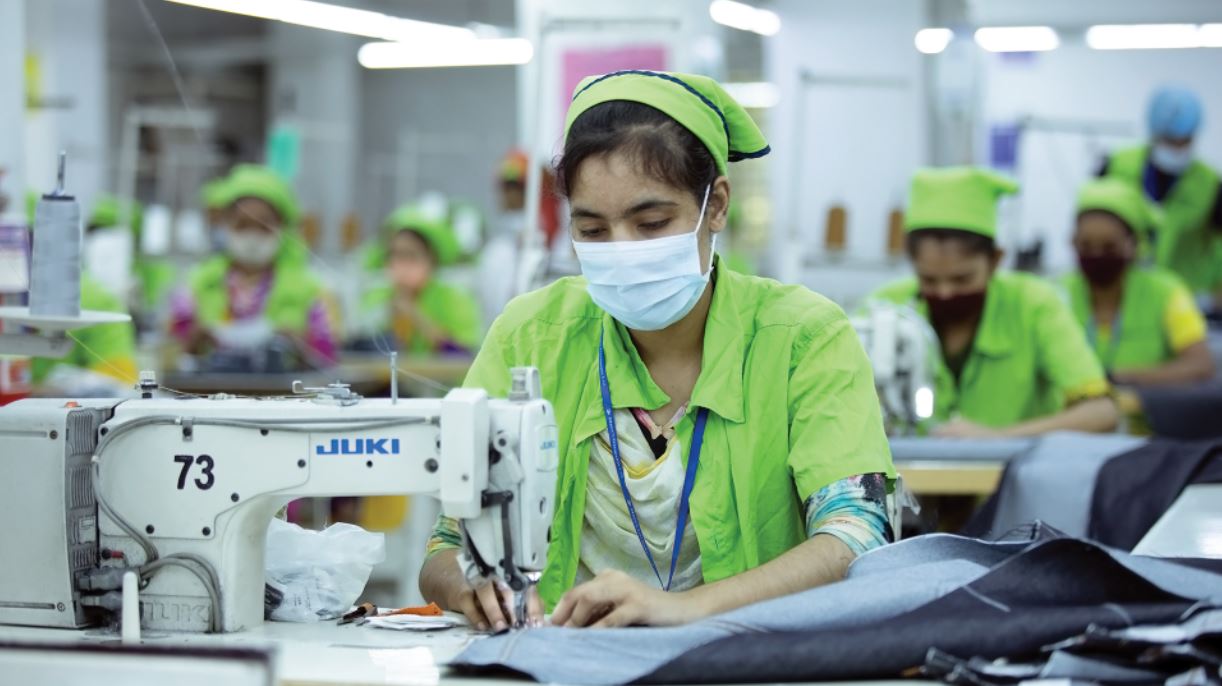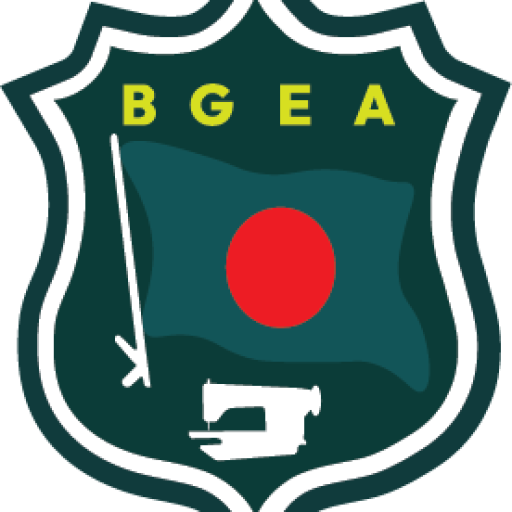Garment Industry of Bangladesh
- About Garment Industry of Bangladesh
MADE IN BANGLADESH WITH PRIDE
The readymade garments (RMG) industry has played a pivotal role in the development of Bangladesh, acting as a catalyst for economic growth and social progress. The “Made in Bangladesh” label has become a globally recognized and respected brand, symbolizing the nation’s transformation. Once dismissed as a “bottomless basket,” Bangladesh has now emerged as a “basket full of wonders,” achieving remarkable milestones in economic and human development. With limited resources, the country has consistently maintained an average annual GDP growth rate of 6%, a testament to its resilience and determination.

After gaining independence in 1971, Bangladesh was one of the poorest countries in the world. During its time as East Pakistan, discriminatory policies and neglect from the government of West Pakistan left the region without significant industrial development. Rebuilding the war-torn country with scarce resources posed an enormous challenge.
The country is known for producing high-quality garments at competitive prices, which has attracted global brands and retailers. Some of the popular products manufactured include knitwear, woven garments, denim, outerwear, and home textiles. Factories in Bangladesh have invested heavily in modern machinery and eco-friendly practices, making the country home to some of the most sustainable and energy-efficient garment factories in the world. Many of these factories are LEED-certified for their environmentally friendly practices.
The industry is a major source of foreign exchange for Bangladesh, earning over $40 billion annually from exports. Major buyers include countries in the European Union, the United States, Canada, and Japan. The industry has also started expanding its reach to emerging markets such as China, India, and Russia.
However, the garment sector in Bangladesh has faced challenges. Worker safety became a global concern after incidents like the Rana Plaza collapse in 2013. Since then, significant reforms have been made, with stronger safety regulations and compliance measures being implemented. Worker rights and fair wages continue to be areas requiring improvement. Additionally, the industry faces tough competition from other garment-producing nations like Vietnam, India, and Ethiopia.

Environmental concerns are another issue for the garment sector, as textile production is resource-intensive and contributes to pollution. In response, the industry is adopting more sustainable practices, including water-saving technologies, recycling processes, and green energy initiatives. These efforts aim to meet the growing demand for ethically produced clothing in global markets.
Bangladesh’s garment industry is also evolving to include more value-added products and high-end fashion, moving beyond basic items like t-shirts and sweaters. The focus on innovation and diversification is helping the industry remain competitive. The use of digital technology and automation is improving efficiency and production quality, further enhancing Bangladesh’s reputation in the global market.
Looking ahead, the garment industry in Bangladesh has immense potential for growth. With continued investment in technology, sustainability, and worker welfare, it is poised to remain a key player in the global apparel market while contributing significantly to the country’s economic development.
